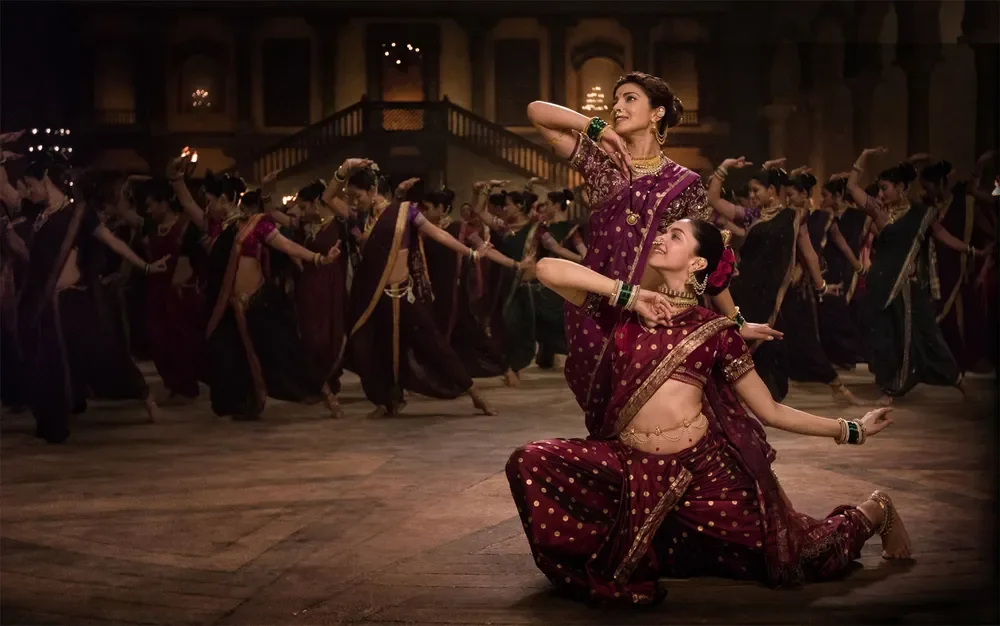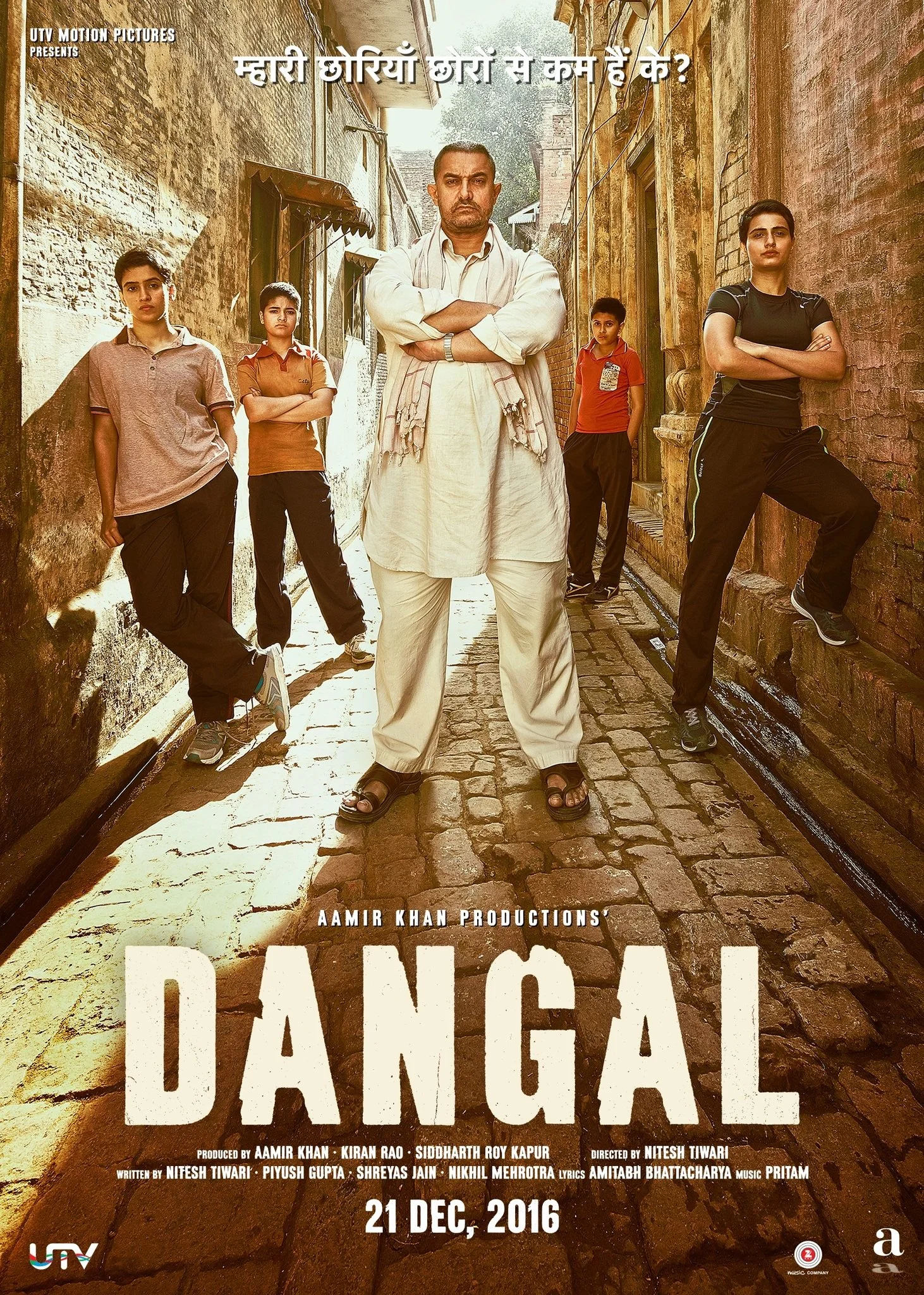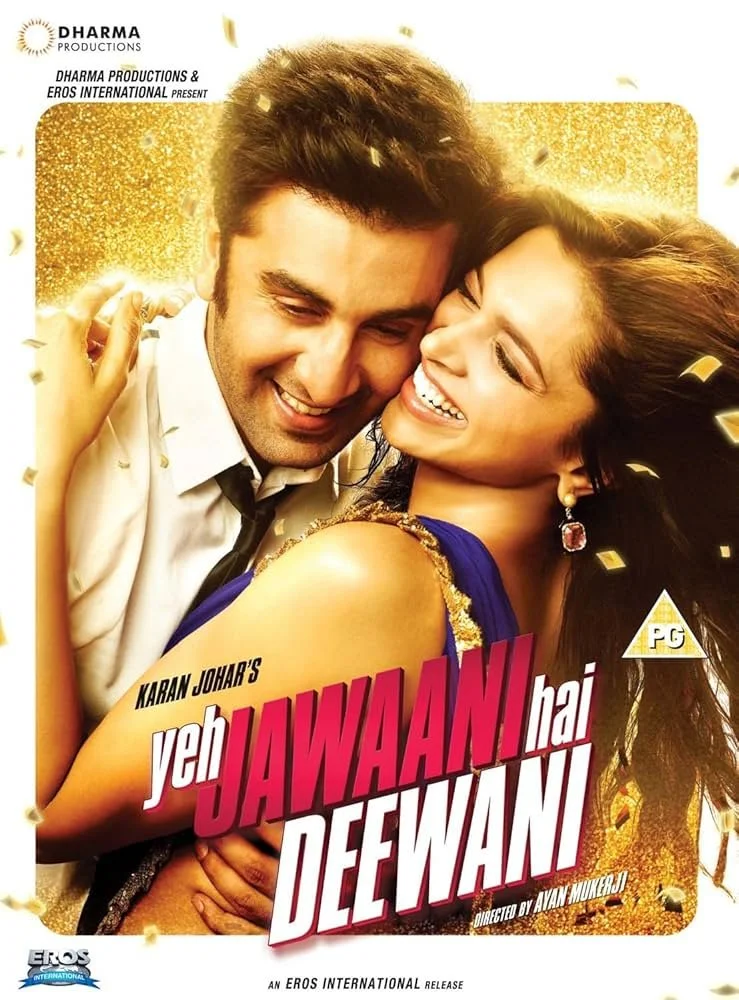Indian Cinema: A Look Inside Modern Bollywood and the Pan-India Wave
When you think of Indian cinema, the word "Bollywood" likely comes to Bollywood's vibrant world of costumes, epic romances, and musical numbers has dominated India's culture and been a significant cultural export for decades.
But today, the industry is transforming with new trends, powerhouse studios, and a new wave of filmmaking. Below is a quick snapshot of the superstars, blockbusters, and groundbreaking trends shaping Bollywood today.
The Reigning Superstars
While the industry boasts many talented actors, a few names command unparalleled star power, ensuring massive box office openings.
Amitabh Bachchan, a living legend, has dominated Bollywood for over five decades. From his "angry young man" persona in Deewaar and Zanjeer to recent films like Piku, he remains one of India's most respected and relevant actors.
Shah Rukh Khan, also known as "King Khan," is Bollywood's most iconic global figure. After a brief hiatus, his monumental successes of Pathaan (2023) and Jawan (2023) proved his enduring reign. His decades-long career has made him a living legend.
Deepika Padukone: A global ambassador for Indian cinema, she's delivered powerful performances in historical epics like Padmaavat to modern romances and action in Pathaan. Her versatility makes her one of the industry's most sought-after actresses.
Ranbir Kapoor: Widely regarded as one of the most gifted actors of his generation, Ranbir Kapoor has built a career on powerful, transformative performances. From the critically acclaimed Barfi! and the blockbuster biopic Sanju to the record-breaking action drama Animal, Kapoor has proven his versatility and immense box office draw.
Alia Bhatt: Representing the new generation of superstars, Alia Bhatt has won critical acclaim and commercial success for her roles in films like Gangubai Kathiawadi and the pan-India hit RRR. She is celebrated for her incredible range and ability to lead a film on her shoulders.
The Box Office Kings: All-Time Blockbusters
The financial scale of Bollywood is staggering. The highest-grossing films are not just domestic hits but global phenomena. Here are some of the films that have set the box office on fire:
Dangal (2016): An inspiring sports biopic starring Aamir Khan, this film became India's highest-grossing film worldwide, largely due to an unprecedented run in China. (Worldwide Gross: approx. ₹2,024 crore)
Baahubali 2: The Conclusion (2017): Though technically a Telugu film, its Hindi-dubbed version's colossal success was a precursor to the pan-India trend. This epic fantasy redefined spectacle in Indian cinema. (Worldwide Gross: approx. ₹1,810 crore)
Jawan (2023): A Shah Rukh Khan action-thriller that broke numerous records, showcasing the power of combining a Bollywood superstar with a director known for mass-market hits in South Indian cinema. (Worldwide Gross: approx. ₹1,148 crore)
Pathaan (2023): The film that marked Shah Rukh Khan's grand comeback and kicked off a record-breaking year for the Hindi film industry. (Worldwide Gross: approx. ₹1,050 crore)
The Powerhouses: Major Film Studios
Behind every blockbuster is a production house that orchestrates its creation and release. These are the studios that shape Bollywood's narrative.
Yash Raj Films (YRF), founded by Yash Chopra, is known for grand romances and blockbuster action. It created the "YRF Spy Universe" with films like Tiger, War, and Pathaan.
Dharma Productions: Headed by Karan Johar, Dharma is known for its glossy, modern, and youth-oriented films. From family dramas like Kabhi Khushi Kabhie Gham... to recent hits like Rocky Aur Rani Kii Prem Kahaani, the studio has its finger on the pulse of contemporary India.
Red Chillies Entertainment, co-founded by Shah Rukh Khan, is known for its high-quality production values and visual effects. It has produced many of SRK's blockbusters, including Jawan and Chennai Express.
The Game Changer: The "Pan-India" Trend
The rise of "pan-India" films is the most significant shift in recent years.
Pan-India films are made in regional languages but conceived, shot, and marketed for a nationwide audience.
The success of films like RRR, Pushpa, and K.G.F proved that audiences are hungry for compelling stories and high-octane spectacle, regardless of the original language.
This trend has forced Bollywood to adapt, with more collaborations between Bollywood stars and South Indian directors, a greater emphasis on large-scale action, and a shared national audience.
The future of Indian cinema is about a collaborative, more integrated "Indian Film Industry" where the best stories can captivate the entire nation.




